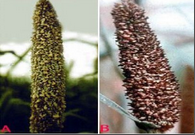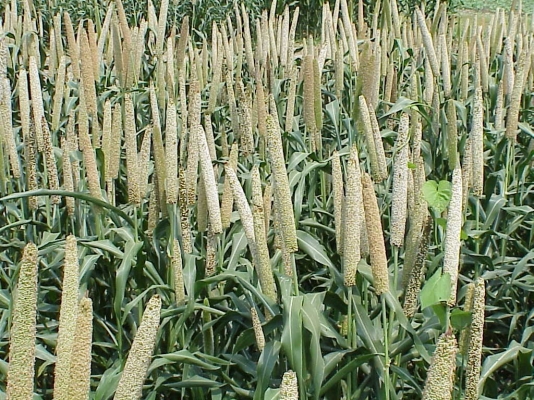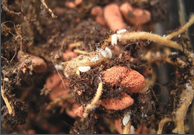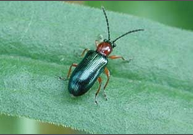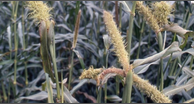KBH 108 (MH 1737): Ready to harvest in 80-86days.
Shraddha: Early maturing hybrid. Ready to harvest in 70-75days. Gives average yield of 10-11qtl/acre.
Saburi: Ready to harvest in 70-75days. Resistant to gosavi disease. Gives average yield of 12qtl/acre.
Shanti: Ready to harvest in 80-85days. Medium heighted, Bold seeded hybrid. Resistant to gosavi disease.
A.H.B 1666: Ready to harvest in 70-85days. Medium heighted, Bold seeded hybrid. Resistant to gosavi disease. Gives average yield of 12qtl/acre.
ICTP 8203: Ready to harvest in 70-85days. Corn is hard, bold seeded variety. Resistant to gosavi disease.
Samruddhi: Ready to harvest in 80days. Gives average yield of 10-11qtl/acre.
Parbhani Sampada: Ready to harvest in 75-80days. Gives average yield of 10-12qtl/acre. Resistant to gosavi disease.
Other State varieties:
Avika Bajra chari: Dual purpose variety, used for green fodder as well as for grain purpose. Gives green fodder yield of 15ton/acre and grain yield of 4qtl/acre.
RHB 177: Hybrid, resistant to drought conditions. Gives average yield of 8-10qtl/acre.
Raj 171: Variety, ready to harvest in 85days. Suitable for sowing under normal rainfall condition. Gives average grain yield of 8-10qtl/acre.
Hybrid: KBH 108, GHB 905, 86M89, MPMH 17, Kaveri Super Boss, Bio 448, MP 7872, MP 7792, 86M86, 86M66, RHB-173
Variety: JBV 3, PC 383, ICMV 221.
HHB 60: Ready to harvest in 70-75days. Gives average yield of 8qtl/acre.
ICMH 356: Ready to harvest in 70-75days. Tolerant to drought conditions and resistant to downey mildew.
Pusa 605: Hybrid variety, ready to harvest in 70-80days, Gives average yield of 3.6 to 4qtl/acre.
GHB 538: Ready to harvest in 75-80days. Gives average grain yield of 7qtl/acre.
MP 7792 and MP 7872: Suitable for late sowing. Ready to harvest in 75-85days.
RHB 121 (MH 892): Hybrid variety ready to harvest in 75-78days. Gives average yield of 8.8 to 10qtl/acre.
HHB 67 (Unnat): Suitable for scanty as well as high rainfall areas. Ready to harvest in 65-70days. Gives average yield of 6-8qtl/acre.
